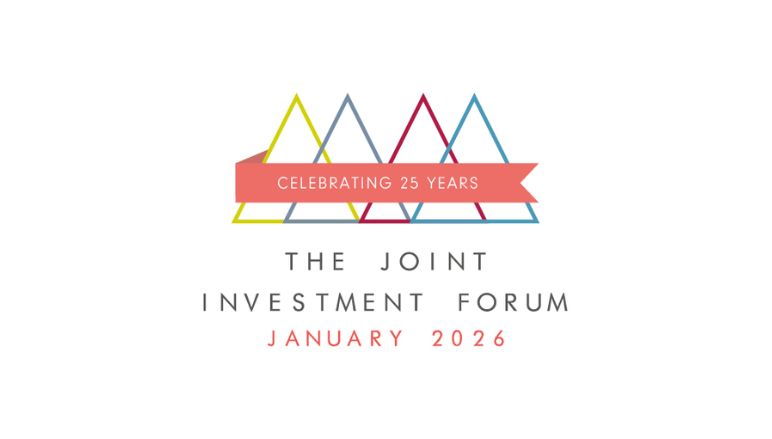Emerging markets should have been in a sweet spot for the year ahead, but the US election may have derailed that.
- The recent revival in the Chinese stock market has prompted some renewed interest in emerging markets.
- The Dollar has continued to defy gravity, and even more so since the Trump’s election.
- Continued US technology strength may stymie flows into emerging markets
The environment was set for a better performance from emerging markets in 2025. Falling US interest rates should have weakened the Dollar, allowing emerging market central banks to cut rates. Stimulus in China should have boosted returns, while growing risk appetite should also have favoured the sector. However, the re-election of Donald Trump – and a potential resurgence in US growth and inflation - may have dented the outlook.
The recent revival in the Chinese stock market has prompted some renewed interest in emerging markets. The Shanghai index is still around 25% higher than its level prior to the announcement of the stimulus package in November. At the same time, India continues to power ahead, remaining one of the world’s fastest-growing major economies. Emerging markets are home to AI-linked behemoths such as TSMC, alongside commodities companies crucial for the energy transition.
However, within this benign picture, there is fragility. India is increasingly expensive, and – as the election result showed – may be only one misstep from momentum turning. China has the opposite problem – it is cheap, but it is cheap for a reason. Donald Trump is unlikely to be a friend to China, and has threatened tariffs of 60% or more. It may be that the government creates more stimulus to compensate, but its impact is not assured.
Trump may be a problem for other reasons as well. Emerging markets tend to do well at times when the Dollar is weak. The Dollar has continued to defy gravity, and even more so since the Trump’s election. While Trump says he wants the Dollar to devalue, it is difficult to reconcile this with his policies, which are pro-growth and likely to be inflationary. It US inflation picks up and the Federal Reserve needs to raise rates, this would be a tougher backdrop for emerging markets.
Then there is the unpredictable sentiment factor. Emerging markets have struggling with the ‘so what’ argument at a time when the technology giants are delivering strong returns. Why take the risk on emerging markets when investors can find growth in US tech companies? This may continue if the US economy speeds up under the Trump administration.
There is still much to like in emerging markets. They are plugged into some of the strongest global trends, including reshoring, semiconductor demand and the energy transition. However, while fundamentals are good, they may struggle to command attention in the shadow of a fast-growing US market. Their moment in the sun may be deferred.


















